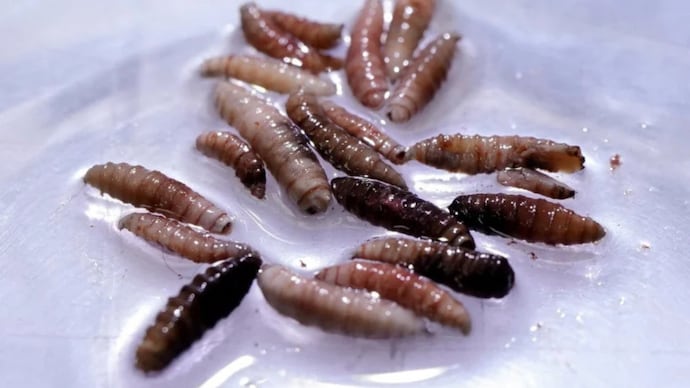The first human case of meat -eating parasites confirmed in us: what is this?
The United States has confirmed its first human case of New World Screws parasitic infection. The authorities warned of potential livestock risks and advised passengers to take precautions.

Health officials have confirmed this week that the first human case has been confirmed in the US meat -eating parasitic infections.
The case involves a patient in Maryland who recently returned from Lalvador and found the new world screw (NWS) myiasis – fly larvae, or a rare condition caused by magots, which buried in living tissue.
The US Health and Human Services Department (HHS) stated that the case was confirmed on August 4 with the help of the Disease Control and Prevention Center (CDC).
NWS Myiasis is usually seen in livestock and animals, not in humans. The parasite is mainly found in South America and Caribbean, but now has spread to Central America, Mexico and recently America.
Humans with open wounds are at high risk, especially when traveling in affected areas or when around livestock.
What is a screw?
Screworm fly cocilymias are larvae of homeinivorax. A single female can accumulate up to 300 eggs at a time in open wounds or soft tissues, such as the mouth, hot animals.
When laying the eggs, the larva rotates in a corkkru motion, feeds on it and causes severe pain, and if untreated, even death. Within three to seven days, the larva falls to the ground, buried in the soil, and pupat before emerging as adult flies.
Each woman works only once, but stores enough sperm to lay 3,000 eggs in a lifetime of about 30 days.
Livestock industry threat
Officials have insisted that the risk of public health in the US is “very low” and no animal affairs have been reported in the country this year.
However, experts have warned that a outbreak among livestock may be disastrous. The US Department of Agriculture (USDA) has speculated that such an event may cost billions of dollars and threaten the country’s cattle industry.
To prevent that risk, American agencies, including USDA and CDC, are working with international partners such as the United Nations Food and Agricultural Organizations.
Plans are underway to construct a sterile fly facility in Texas to combat the insect.
When rare in humans, parasitic is fatal to animals if treated is not treated quickly.
“When NWS flies the larvae in the meat, they cause severe, often fatal damage,” the USDA said.
Health officers recommend passengers to outbreak areas to take care, such as covering wounds and avoiding close contact with livestock.






